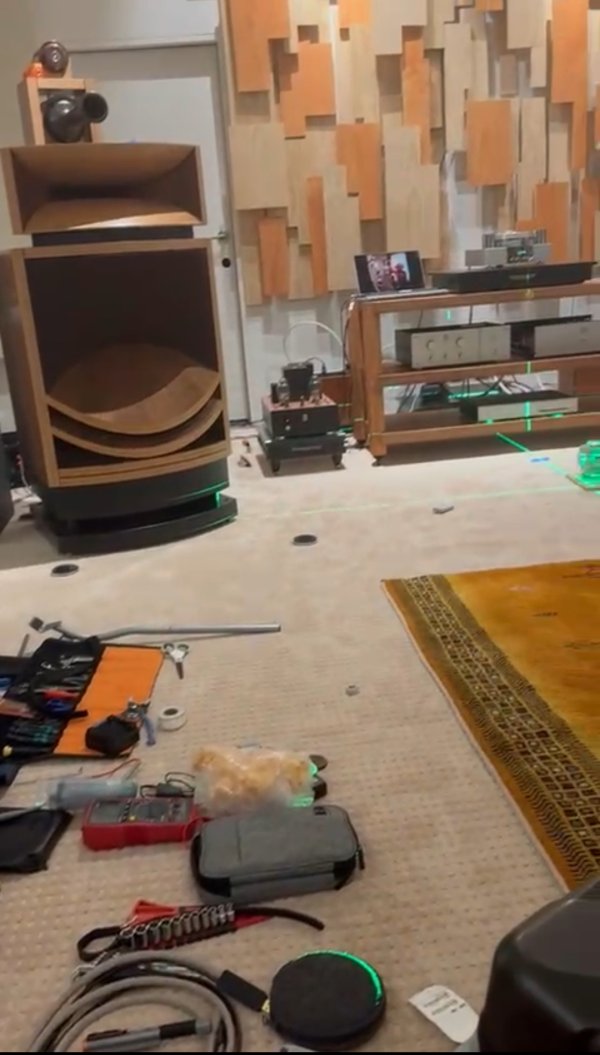You seem to have a binary approach to your supposition - Acoustic science diehard / experts and those that are not.Dispute acoustic science as applied to high-end audio? I just might if somebody could sufficiently articulate what it's all about. That aside, I wholeheartedly dispute the overemphasis / high priority often assigned to acoustic science.
Regardless, if the acoustic science as applied to high-end audio is legit, then shouldn’t it be a no-brainer for perhaps any serious student of acoustic science to…
1. Identify the unnatural hollowed empty-coffee-can-like and/or the room sonic signature found in so many playback presentations and in-room videos?
2. Explain why these oh-so-common unnatural room-related sonic signatures are present even though we’ll never ever hear them when attending live performances?
3. Suggest sufficient remedies to minimize or even eliminate these rather unpleasant and unnatural sounding sonic signatures?
4. Articulate why one ought to promote acoustic science to a level of importance perhaps over and above all else?
If a student of acoustic science is unable to sufficiently respond to the first question, then I'd venture the other questions are moot anyway? If a student of acoustic science is unable to sufficiently address the other 3 questions, then exactly what kind of science are we talking about here?
At the very least it would seem if there’s any legitimacy to acoustic science as applied to high-end audio, then shouldn’t those not following the science suffer far more from their playback presentations and in-room videos?
There’s much to be said about this topic, especially since it bleeds into other performance-limiting topics. But I’ll stop here by posting an in-room video of an average-engineered recording, performance, and playback system to substantiate my position that the importance placed on acoustic science is, if nothing else, greatly exaggerated and hence, to some degree akin to chasing windmills. Even though certain aspects can provide outstanding sonic benefits.
Perhaps a follower of acoustic science can point out my many acoustic anomalies. Better yet, maybe they could post their own before and after or at least after in-room video to substantiate their position while also showing how far short of the acoustic science mark my video must be since I’m not a true follower of the science?
I think it was sbnx who said, the best way to evaluate the benefits of acoustic science is to listen at higher volume levels. So crank my video all the way up. It’s also got some great guitar in the back half.
The reality is different - you can espouse to what you call Acoustic Science or I'd call it Acoustic Engineering principals which can be applied to 2 channel systems' rooms, however the limit(s) of applied theory and analysis is commonly WAF and budget. At the end of the day, we all do our best to make do with what tools, time and $ is available to get the most out of our systems and rooms.
Last edited:









